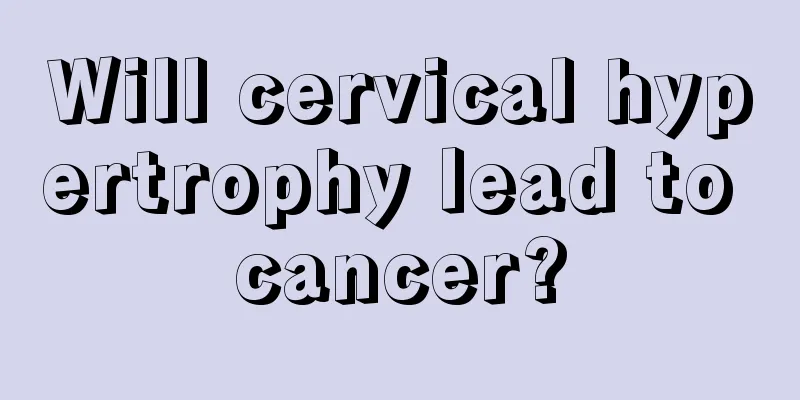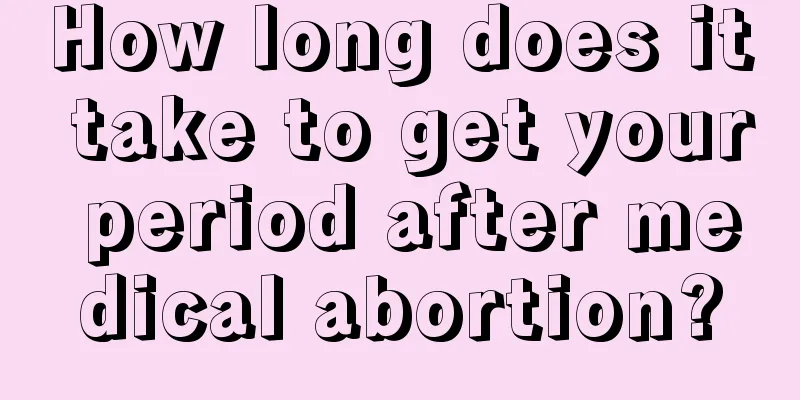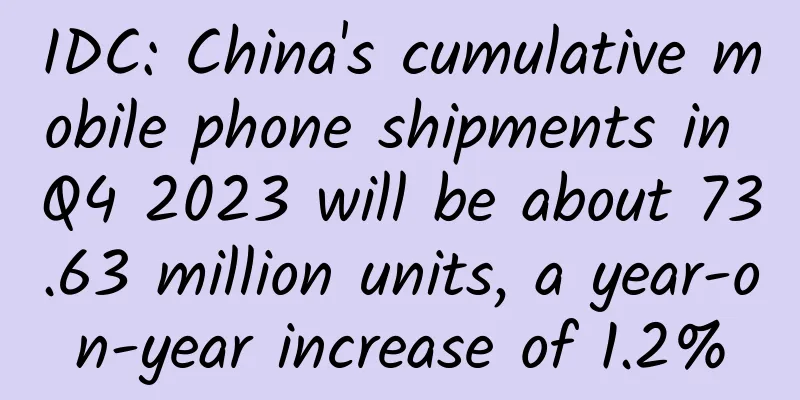What are the dangers of IVF to women?

|
With the development of modern medical technology, in vitro fertilization has become the choice of many infertile women. However, in vitro fertilization will cause certain harm to women's bodies. Since in vitro fertilization requires ovulation-stimulating hormones, it can easily lead to hormonal disorders in the body, premature amenorrhea, and premature ovarian aging. The dangers of IVF 1. The ovulation-stimulating hormone used in in vitro fertilization can easily cause maternal hormone disorders, which may lead to premature menopause, premature ovarian failure, etc. In layman's terms, it causes women to age prematurely and greatly increases the possibility of developing ovarian, breast, uterine and other cancers. 2. Women undergoing in vitro fertilization need to lie flat for a period of time after embryo transfer. In order to increase the success rate of in vitro fertilization, women cannot move at will during the period of lying flat. This brings a lot of pain to the female friends' bodies and causes many inconveniences to their lives. 3. During the puncture and egg retrieval for in vitro fertilization, it may cause damage to the reproductive organs and cause reproductive organ infection. Moreover, multiple IVF treatments will affect the normal gestational environment of the uterus and easily induce endometriosis. 4. The twin rate among test-tube babies is as high as over 10 percent. Twins may not develop well due to their heavy weight, and the mother may also be born prematurely if she is overburdened. If a pregnancy is triple and needs to be reduced to two, there are risks in the process of reducing the number of fetuses. If you are not careful, it may lead to miscarriage. process 1. Ovulation induction therapy Since not every egg can be fertilized and not every fertilized egg can develop into a viable embryo, multiple eggs must be obtained from the female body to ensure that there are embryos that can be transplanted, which requires ovulation induction treatment for women. 2. Egg retrieval Under the guidance of B-ultrasound, the doctor uses a special egg retrieval needle to puncture the mature follicles through the vagina and suck out the eggs. Egg retrieval is usually performed under intravenous anesthesia, so the woman does not feel any pain from the puncture. 3. In vitro fertilization Sperm retrieval: While the female retrieves the eggs, the male retrieves the sperm. After the semen has gone through a special washing process, the sperm and egg are placed in a special culture medium in the hope of natural combination. This is called conventional fertilization. 4. Embryo Transfer A few days after fertilization, a very thin embryo transfer tube is used to transfer the best embryo into the mother's uterus through the cervix. The number of embryos to be transferred is determined based on age, embryo quality and previous IVF outcomes. Usually 2 to 3 embryos are transferred. In recent years, in order to reduce the multiple pregnancy rate, some centers have chosen to transfer a single embryo, or a maximum of 2 embryos. Because the embryo transfer tube is very thin and the doctor's movements are gentle, the patient usually does not feel any pain. 5. Luteal Support Due to the use of GnRH agonists/antagonists and ovulation-inducing drugs, as well as the loss of granulosa cells caused by oocyte retrieval, women usually have luteal insufficiency during the oocyte retrieval cycle and need to use progesterone and/or chorionic gonadotropin for luteal supplementation/support. If pregnancy is not present, stop taking progesterone and wait for menstruation to occur. If pregnancy is confirmed, progesterone should be continued, usually 3 weeks after the fetal heart rate is seen on ultrasound. 6. Confirmation of pregnancy Serum HCG is measured 14 days after embryo transfer to determine whether pregnancy is present. Serum HCG is measured again 21 days after embryo transfer to understand the development of the embryo. A transvaginal ultrasound examination is performed 30 days after embryo transfer to confirm whether there is intrauterine pregnancy and the presence of fetal heartbeat. |
<<: What is uterine cold and how to treat it?
>>: What is high progesterone?
Recommend
Oral ulcers and oral cancer: oral health issues that cannot be ignored
Author: School of Stomatology, Huazhong Universit...
How many centimeters can a 16-year-old girl grow taller?
In many societies, if you don't have money, y...
What causes less menstrual flow at 40?
Once women reach the age of 40, there will be man...
What is the reason for the discharge from below when you are 6 months pregnant?
Pregnant women must pay attention to changes in a...
What to do if you get angry after taking Chinese medicine for regulating menstruation
In real life, many women often do not pay attenti...
Women prefer doing this and they age overnight!
Anger is like a devil, it kidnaps one's emoti...
What should I do if my episiotomy wound ruptures?
Every mother is very excited and happy after givi...
What are the effective vaginal tightening exercises?
For female friends who need to tighten their vagi...
Why do you urinate frequently before your period?
Many women have such troubles, such as various di...
What to do if women have lower body obesity
In life, there are many female friends who are th...
What is bacon? Can bacon be eaten in hot pot?
Bacon is a smoked pork product. It is considered ...
What is the significance of hysteroscopy to examine uterine septate
We know that once a patient has a uterine septum ...
Can I use cupping during menstruation?
Cupping is a traditional Chinese medicine treatme...
What to eat to nourish the body after miscarriage
Miscarriage is abortion. Women who experience var...
What to do if your breasts sag after weaning
Breasts are the baby's granary. In order to m...









